Durkopp Adler 34 Bruksanvisning
Läs gratis den bruksanvisning för Durkopp Adler 34 (188 sidor) i kategorin Symaskin. Guiden har ansetts hjälpsam av 14 personer och har ett genomsnittsbetyg på 5.0 stjärnor baserat på 7.5 recensioner. Har du en fråga om Durkopp Adler 34 eller vill du ställa frågor till andra användare av produkten? Ställ en fråga
Sida 1/188

550-12-33/34
Operating Instructions
Produktspecifikationer
| Varumärke: | Durkopp Adler |
| Kategori: | Symaskin |
| Modell: | 34 |
| Färg på produkten: | Rood |
| Vikt: | 480 g |
| Bredd: | 82 mm |
| Djup: | 90 mm |
| Höjd: | 121 mm |
| Sladdlängd: | 1.2 m |
| Anslutningsteknik: | Bedraad |
| Typ av strömkälla: | USB |
| Genomsnittlig effekt: | 1 W |
| Antal högtalare: | 2 |
| Volymkontroll: | Draaiknop |
| Gränssnitt: | USB/3.5 mm |
| Rekommenderad användning: | Universeel |
| Impedans: | - Ohm |
| Ljudutgångskanaler: | 2.0 kanalen |
| Frekvensomfång: | 130 - 20000 Hz |
| USB: | Ja |
| Typ av högtalare: | 1-weg |
| Förstärkare: | Nee |
| Produktdesign: | kubus |
| Typ produkt: | Draadloze stereoluidspreker |
Behöver du hjälp?
Om du behöver hjälp med Durkopp Adler 34 ställ en fråga nedan och andra användare kommer att svara dig
Symaskin Durkopp Adler Manualer

4 Mars 2025

20 Oktober 2024

17 Oktober 2024

17 Oktober 2024

13 Oktober 2024

11 Oktober 2024

6 Oktober 2024

28 September 2024

23 September 2024

23 September 2024
Symaskin Manualer
- Tesco
- Pfaff
- SteamMax
- Emerio
- Aigger
- Privileg
- Huskystar
- Weasy
- Home Electric
- Silver
- Husqvarna
- Essentiel B
- Silvercrest
- LERAN
- Easymaxx
Nyaste Symaskin Manualer
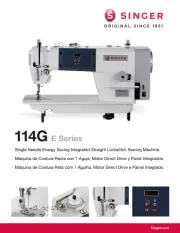
12 Oktober 2025
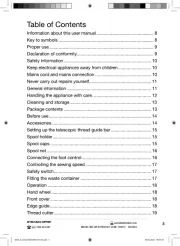
11 Oktober 2025
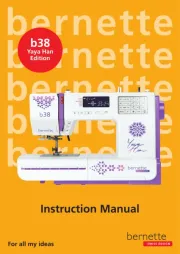
11 Oktober 2025

10 Oktober 2025

10 Oktober 2025

10 Oktober 2025
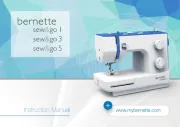
10 Oktober 2025
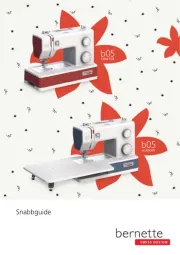
9 Oktober 2025

9 Oktober 2025
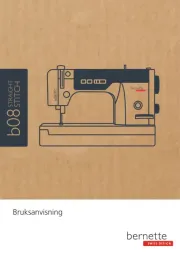
9 Oktober 2025